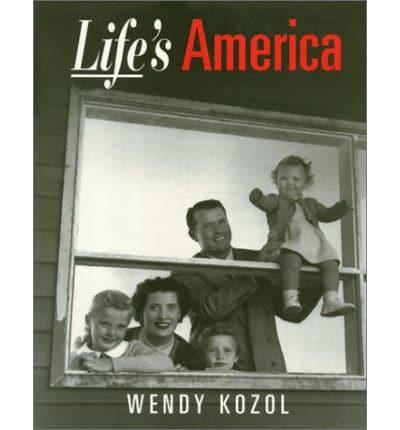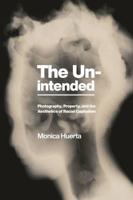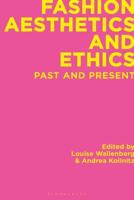Publisher's Synopsis
As the first periodical to present news stories through photographs, Life appealed to middle-class Americans as they faced the conflicts and the rapid changes of Cold War society. Life's photo-essays rendered such pressing concerns as world and domestic politics, labor disputes, civil rights protests, and social and economic mobility as human interest stories. By focusing on families, these stories portrayed major social issues in terms of personal achievement and adherence to particular values. Shaping a reassuring portrait of America, Life depicted the ideal family as white, suburban, and middle-class. For one representative feature story, the cover photograph shows an unfinished house in which a kneeling woman embraces two blond girls, and a man in a business suit protectively holds a toddler. The caption reads, "Family Buys 'Best $15,000 House.'" The cost of the house suggests this is a middle-class family with a bright future. The celebratory picture of this family with a bright future reveals no hint of the political and economic instability of the era.;Wendy Kozol's readings of such photographs and their accompanying texts show how Life normalized the affluent nuclear family and supported middle-class consumption by defining the family as much by their possessions as by their conformity to traditional gender roles. Photo-essays about other social groups also focused on nuclear families and the quest for the "American Dream"; minimizing the differences between social groups and experiences in this way enabled the magazine to present middle-class culture as a nationally shared ideal. Using feminist and cultural studies perspectives, Kozol considers how layout, composition, lighting, framing, and subject matter influenced Life's representation of domestic ideology. "Life's America" examines the production of visual images that for generations captured the essence of American culture and shaped photojournalism. Wendy Kozol is Visiting Assistant Professor of History at Oberlin College.







